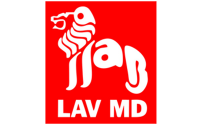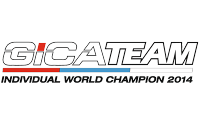Crustaceans

Crustaceans form a large, diverse arthropod taxon which includes such animals as decapods, seed shrimp, branchiopods, fish lice, krill, remipedes, isopods, barnacles, copepods, amphipods and mantis shrimp.
The body of a crustacean is composed of segments, which are grouped into three regions: the cephalon or head, the pereon or thorax, and the pleon or abdomen. The head and thorax may be fused together to form a cephalothorax, which may be covered by a single large carapace. The crustacean body is protected by the hard exoskeleton, which must be moulted for the animal to grow. The shell around each somite can be divided into a dorsal tergum, ventral sternum and a lateral pleuron. Various parts of the exoskeleton may be fused together.
Each somite, or body segment can bear a pair of appendages: on the segments of the head, these include two pairs of antennae, the mandibles and maxillae; the thoracic segments bear legs, which may be specialised as pereiopods (walking legs) and maxillipeds (feeding legs). The abdomen bears pleopods, and ends in a telson, which bears the anus, and is often flanked by uropods to form a tail fan.







